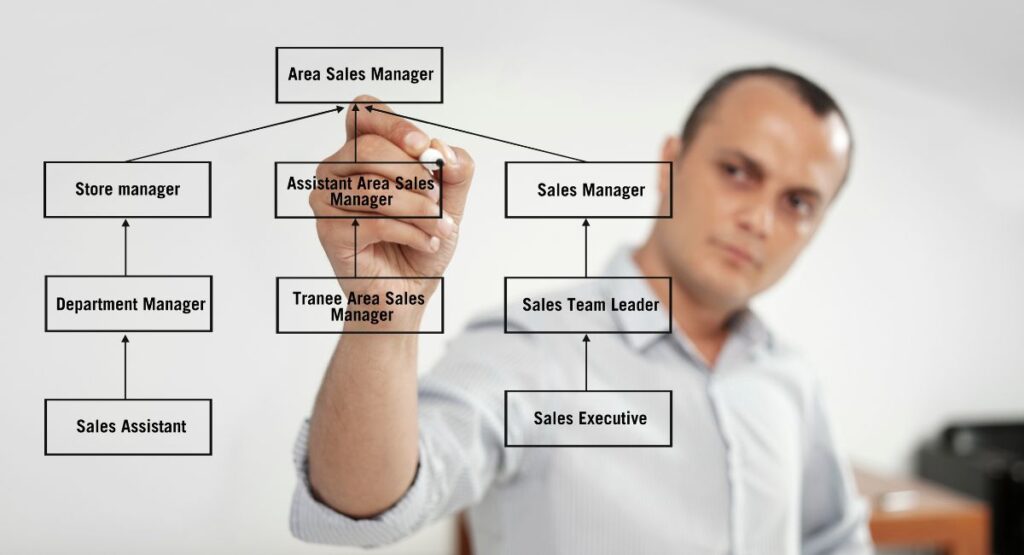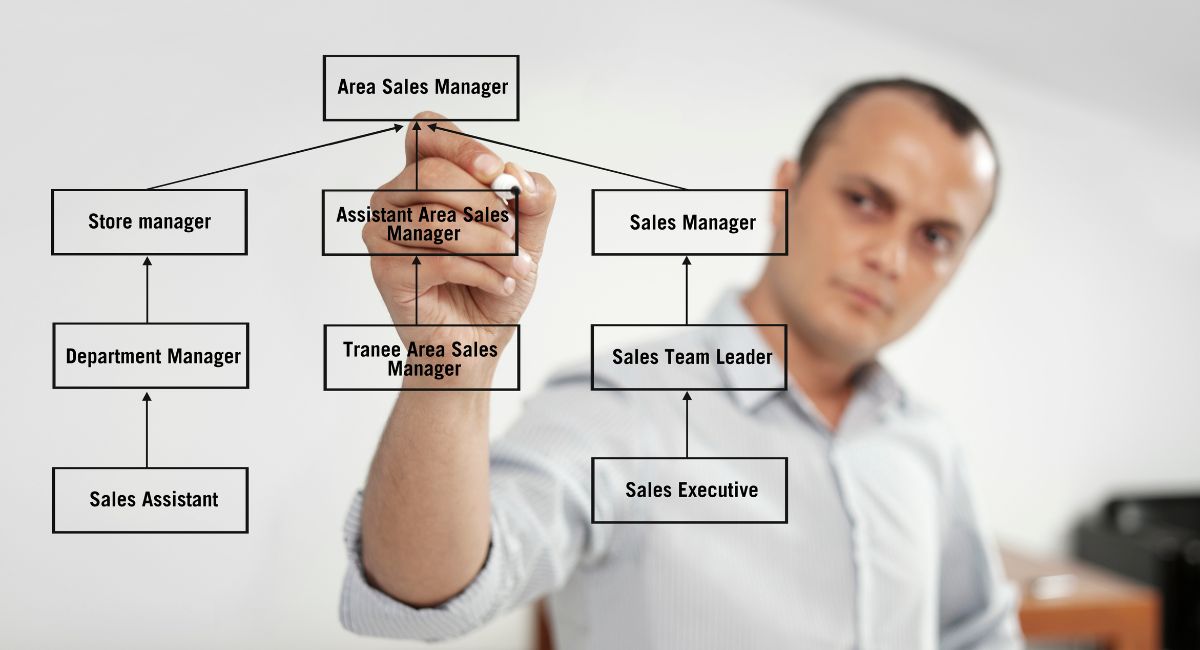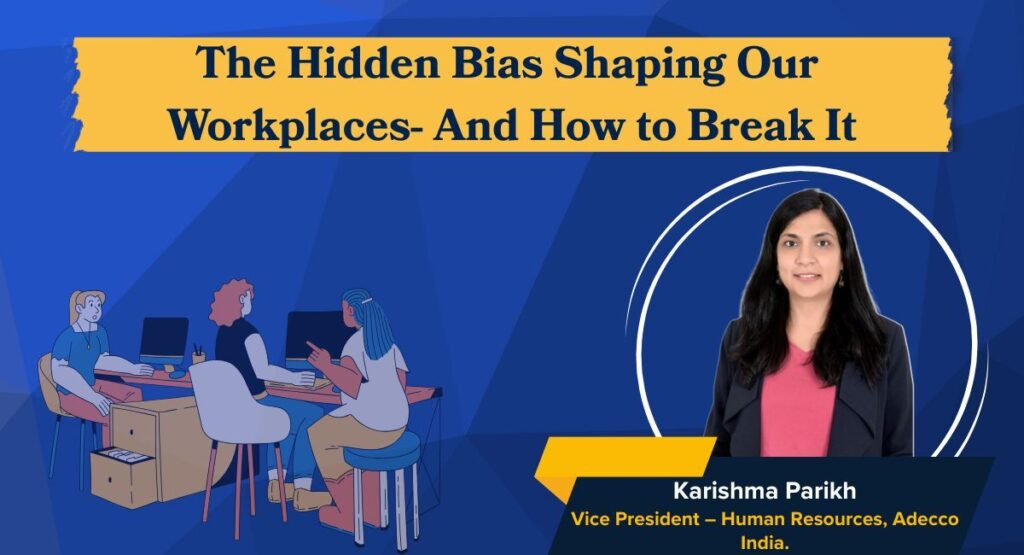What if your company’s org chart could talk? By uncovering invisible networks, inefficiencies, and untapped potential hidden deep in your organisational design, AI is now making it a reality.
A visual representation of certain metrics within a company, organisational charts, on their own, often conveys crucial insights. However, AI can help the management uncover the story behind the paper to focus on implementable measures.
Evaluating unique insights, AI can share hidden patterns within your company, all of which can help you create a more productive and enjoyable workplace.
Why the Hidden Patterns Matter?
An organisational chart depicts the existing structure of a company, providing a visualisation of how the company is meant to function. It details the existing hierarchy, the active regions and much more.
With modern data analysis tools, employers can now uncover the realities behind the existing structure. Is the existing hierarchy working as intended? Are the roles in place as effective as they are meant to be? What are the common factors behind certain occurrences?
AI can help you find the answers to all these questions and provide you with insights that you might not have even considered. These hidden patterns reveal what is actually happening and what actions are needed to ensure progress.
Communicational Hierarchy: Who Really Runs the Show?
There is a hierarchy on the paper, and then there is an organisational web created through how employees interact. By looking into the communicational activities within their company through AI, employers can easily assess how different their active hierarchy is from an established one.
Jonathan Larson and Darren Edge at Microsoft used machine learning to see how workers connect and communicate. By evaluating de-identified emails, Microsoft Teams communications, calls, and meetings, the researchers quickly identified how workplace behaviour does not always reflect the organisational structure.
Through this process, companies can identify which teams work together most effectively, based on their performance. This can help employers restructure in a way that leverages the established communication patterns.
Role Redundancy: Is Your Team Doing Double the Work for Half the Output?
Each role has its own set of responsibilities within an organisation. However, it is not uncommon, specifically within the same department, to find certain responsibilities to be redundant or counterproductive.
Through AI, management can develop a new competency framework for the entire department, reducing duplicate responsibilities and improving task distribution based on existing skill sets.
Consider this: As your operations grow, you might need a new software developer. However, AI points out how your existing three developers have redundant responsibilities. Rather than going through the process of hiring, you can restructure the work process that enables your existing team to accommodate the new operational needs.
Remote or Office: What Work Model Works Where?
The discussion on the efficiency of different kinds of work models has long been a topic of debate, especially after the COVID-19 pandemic. Thanks to AI, though, employers can look into their organisational charts and evaluate just which working model works best for their company and in which situations/
In a large-scale company, each working model can impact every department differently. While the developers in the company perform better when working from home, the marketing team could have the opposite effect.
With the help of AI, companies can compare the performance of different departments under the available working models to find the most optimised way of working. These patterns allow management to walk the line between what employees want and what companies need with ease.
Attrition Trends: Where Are the Leaks in Your Talent Pipeline?
By analysing a company’s organisational chart, AI can help in identifying significant patterns that might be increasing attrition within the team.
Are certain departments more prone to a changing roster? Is there any particular team that sees employees leaving it quickly? Is there a specific region where employees tend to resign more? All these questions can be resolved with the help of AI.
By observing the changes in the organisational chart over a period of time, AI can pinpoint the factors most common among the various cases in which employees have left. Such insights allow management to create effective attrition preventive frameworks, address possible problem areas, and create contingency plans while staying ahead of the curve.
Resource Allocation: Are You Using the Right Tools in the Right Places?
With the goal of efficiency in mind, AI can highlight just how each level and team is utilising the available resources and tools. By comparing the working patterns of the employees, AI can identify just how much of an impact each tool and resource has had on performance.
When it comes to resources, AI can not only help identify whether a particular team/employee is regularly using an available resource, but it can also evaluate the efficiency of that resource.
As such, employers can redistribute and rethink their resource allocation. Perhaps one team is using a tool more efficiently than another? Maybe a resource hasn’t helped as intended? This and more can be identified through AI analysis of an organisational chart.
Performance Areas: What’s Fueling High-Performing Teams?
An obvious use of organisational charts and AI is in evaluating performance based on different metrics, which is one of the most crucial applications of the technology. By comparing hierarchies, geographies, and working models with performance, employers can easily identify their strong suits and weak points.
If a certain region continues to outperform the others, management could examine what they are doing right. Is one team being more efficient than the others? Is one working model beating the other in performance? That and more can be answered through an AI-based assessment of a company’s organisational chart.
In the End…
The hidden patterns within an organisational chart should not be ignored because of their lack of obviousness. In fact, in more ways than one, such trends can easily make or break a company.
Using AI, employers can find previously unseen patterns to create a framework around them. By bringing these hidden points into the limelight, AI sets the stage for companies to break the barrier and focus where it matters the most.





